What Is Photomorphogenesis? It Is a Sibling to Photosynthesis

Photomorphogenesis Introduction
Photosynthesis often takes center stage when discussing plants and light, but there’s more to the story. In this article, we invite you to explore the lesser-known half of the narrative – Photomorphogenesis – “Photo” refers to light, and “morphogenesis” refers to change and growth.
In a previous article (here), we delved into the basics of photosynthesis, discussing how plants harness light energy to create sugars for subsequent metabolic needs, such as growth.
But what sets that growth in motion? But what is photomorphogenesis, and what is its role in setting plant growth in motion?
The answer lies in another facet of light’s influence: Photomorphogenesis. We’ll give you a birds-eye view with enough detail to understand the What, Where, How, and Why of Photomorphogenesis.
- What is Photomorphogenesis?
- Why Plants Need to Grow and Change
- Photomorphogenesis in plants
- The Photoreceptor – Receiving Light for Growth
- Where Are these Photoreceptors?
- How Plants Sense Seasonal Changes – The Role of Phytochromes
- Stem growth is Cellular Division
- Plants know when to stop growing: Cryptochromes
- Relationship between Photosynthesis and Photomorphogenesis
- Practical applications of understanding Photomorphogenesis

What is Photomorphogenesis?
To fully understand photomorphogenesis, it’s important to define it clearly. Photomorphogenesis definition refers to the process by which plants use light to trigger developmental changes, shaping their growth and structure.
Unlike photosynthesis, which is focused on energy production, photomorphogenesis is concerned with how light signals affect plant morphology—directing growth patterns and influencing developmental outcomes.

Fig 1 Photo by Paul Green on Unsplash
Why Plants Need to Grow and Change
Plant growth or morphological changes are essential for survival. Two primary reasons drive this need:
- Survival: Plants must grow and extend their reach to capture vital light for photosynthesis, enabling the production of sugars necessary for their existence.
- Reproduction: Flowering and fruit-bearing ensure the survival of the plant species, a process intricately tied to light availability.
Both these fundamental needs hinge on the role of light as a critical factor.
Photomorphogenesis in plants
Photomorphogenesis in plants involves the intricate ways light influences plant growth, shape, and development. Plants rely on various light signals, such as red, blue, and far-red wavelengths, to regulate processes like seed germination, leaf expansion, and flowering.
The plant’s ability to sense and respond to light ensures its survival and reproductive success. Understanding photomorphogenesis offers key insights into optimizing plant growth, whether in natural environments or controlled settings like indoor farms and greenhouses.
The Photoreceptor – Receiving Light for Growth
Plant cells possess a unique molecule called a photoreceptor, which is responsible for receiving light energy that sets growth and morphological changes in motion. Let’s explore the three main types of photoreceptors:
-
Phytochromes: These photoreceptors trigger seasonal plant transitions, influencing seed germination, growth, flowering, and fruiting.
-
Cryptochromes: Responsible for regulating growth, these photoreceptors ensure plants don’t overextend and maintain an efficient form for survival.
-
Phototropins:These photoreceptors guide the plant’s stem growth towards available light sources.
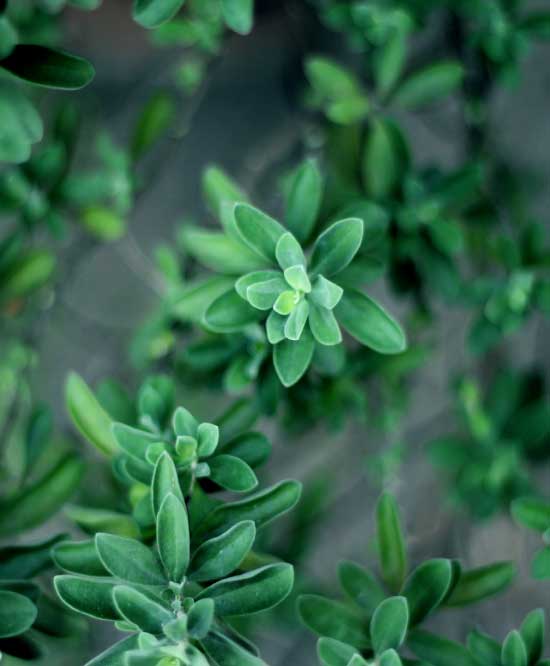
Figure 3 (Albert Melu on Unsplash)
Where Are these Photoreceptors?
To gain a better understanding, let’s pinpoint the location of photoreceptors. They are scattered throughout plant cells, inhabiting the cellular cytoplasm, the spaces within the cell.
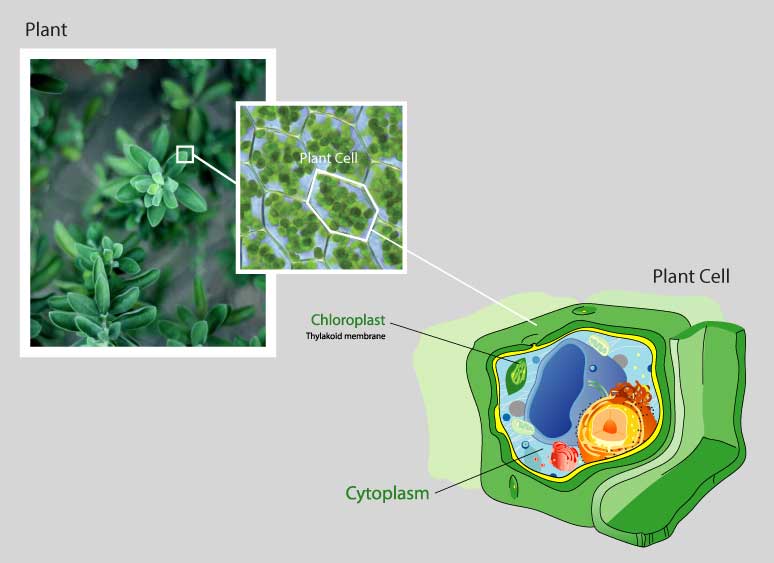
Fig 4 – Photoreceptors reside in the Cytoplasm of the cell.
(left plant picture by Albert Melu, middle plant cell picture by Kristian Peters)
How Plants Sense Seasonal Changes – The Role of Phytochromes
As the seasons shift, you’ll notice a burst of life, especially from winter to spring. Seeds germinate, sprouts emerge, stems extend, leaves unfurl, and mature plants blossom and bear fruit. But how do plants synchronize their actions with the seasons? The answer lies in phytochromes.
The Phytochrome Molecule
Phytochromes are simply molecules, groups of atoms assembled into a 3D molecular structure. They exist in two states: Pr and Pfr. When exposed to red light (620-750nm), a Phytochrome transitions from a Pr state to a Pfr state. If a phytochrome in Pfr state absorbs far-red light (700-800nm), it reverts to its Pr state.
How Phytochrome senses Seasons.
More red light is present during daylight hours, causing the conversion of Pr to Pfr. As night falls, Pfr phytochromes naturally degrade back into Pr. Consequently, the Pr-to-Pfr ratio fluctuates during a 24-hour day, returning to equilibrium after nightfall.
However, in spring and summer, longer daylight hours result in a lower Pr-to-Pfr ratio, which sustains over multiple days and reaches a threshold that triggers photomorphogenesis.
In the winter months, with shorter days, there is less red light, and the Pr-to-Pfr ratio increases, inhibiting photomorphogenesis.
This ratio is usually depicted as a percentage (Fig.6), but we will refer to it as the Pr-to-Pfr ratio.
See another article on PSS (Phytochrome Photostationary state) here.

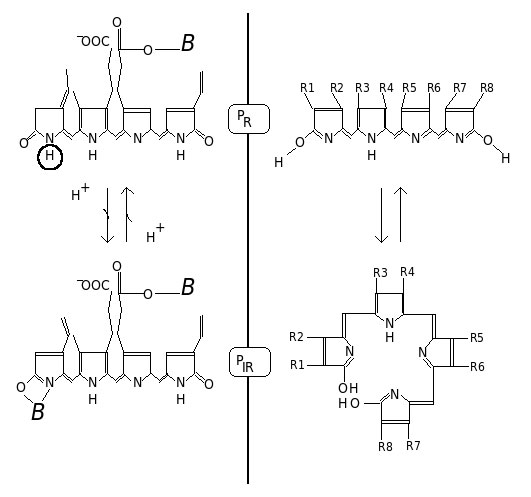
Fig 5 – Phytochrome is a molecule that changes form after absorbing light.
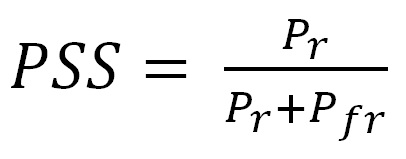
Figure 6 – Phytochrome state is based on a ratio percentage of it’s two forms
Stem growth is Cellular Division
Stem elongation, leaf expansion, flowering and fruit development are manifested by cell division, which ultimately is controlled by the Genetic DNA material in the nucleus of the Plant Cell.
The nucleus routinely receives environmental cues and signaling events (e.g., phytochrome activity) to determine whether any action, such as cell division, is needed. When it senses that conditions are ripe for cell division, the nucleus triggers the “cell cycle,” which is the process of cell division.
Aside from Phytochrome states, other environmental conditions need to be checked off before cell division takes place:
- Temperature
- Humidity
- Nutrient and Water Availability
- Hormonal Activity (yes, plants have hormones, too)
- Enzyme Activity (related to hormonal activity)
- Interplay with other photoreceptors
This means that even if phytochrome activity favors cell division, it might not trigger photomorphogenesis because, for example, extremely cold temperatures. It is a highly orchestrated and tightly controlled process.

Fig 9 – Seed to sprout
Seed to Sprout
Seeds will respond to seasonal light changes – under bright sunlight and long days, there is plenty of red light, the Pr/Pfr ratio is low, and conditions for germination are favorable.
However, many times, the seeds may fall in shaded areas under the canopy, where red-light is less and far-red light is more. This occurs because the canopy leaves absorb red light but allow far-red light to transmit through the leaf.
This disproportion of far-red light below the canopy leads to a higher Pr level, indicating poor lighting conditions. Instead of trying to sprout and reach for light, seeds inhibit germination. It is a survival mechanism, not to waste resources and remain dormant until better conditions arrive.
Sprout to Plant
When a sprout transforms to a bonafide plant, it will follow the same seasonal patterns of waiting for longer days and more red light.
If a plant is in a shaded area or under the canopy, it senses more far-red light (higher Pr/Pfr), but contrary to seed dormancy, the plant will attempt to reach for the light through stem elongation and leaf expansion.
There is a second type of photoreceptor called the Phototropins, which reacts with Blue and UV-A light. It is mainly regarded as directing the plant to bend towards light. They are mostly found on the tips of branches. Phytotropins can sense if light is illuminating on one side and not the other and subsequently bend toward the light.
Plants know when to stop growing: Cryptochromes
Plants can’t grow forever, so a mechanism exists to inhibit growth.
As a plant extends above the canopy, the leaves encounter the full spectrum of sunlight, including Blue light (400-500nm) and UV-A (320-400nm). At this stage, Cryptochromes come into play. These photoreceptors absorb these wavelengths of light but act to inhibit stem and leaf growth.
This inhibition serves a purpose; excessive height can make plants more vulnerable to wind and gravity’s effects while hampering the efficient uptake of nutrients and water. It is a survival adaptation to try to stay short and compact.

Fig 11 – After a plant reaches above the canopy Blue and UV-A light will activtte Chryptochromes to inhibit growth.
Original Plant Images by Freepik
Plant to Flower
The process of flowering and bearing fruit is mostly the same. Longer days with increased red light lead to the transformation of Pr to Pfr, reducing the Pr/Pfr ratio and encouraging flowering.
Some plants are classified as long-day plants and bloom when days are longer with a lower Pr/Pfr ratio. Conversely, short-day plants bloom when days are shorter, and the Pr/Pfr ratio remains higher. This means that certain plants, like the Poinsettia, typically flower during the winter months.
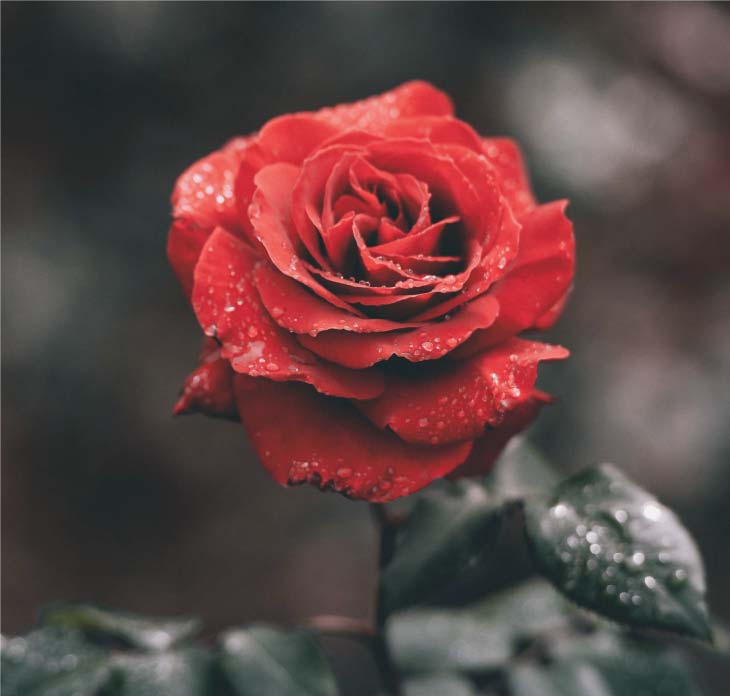
Figure 12 – Photo by ameenfahmy on Unsplash
Plant to Fruit
The journey from plant to fruit varies among different fruit-bearing trees and plants. For instance, apple trees are sensitive to day length and phytochrome activity, which influences fruiting.
In contrast, day-neutral plants like lemon trees initiate fruiting based on factors such as hormonal regulation, temperature, rainfall, soil moisture. In mild climates, lemon trees may bear fruit year-round, in spite of seasonal lighting changes.
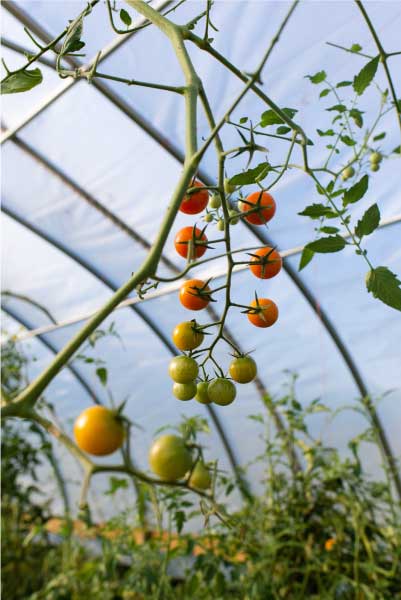
Fig 13 – Photo by Zoe Schaeffer on Unsplash
Relationship between Photosynthesis and Photomorphogenesis
There is a lot of activity with Photomorphogenesis, all of which require energy. Where does this energy come from? It comes from sugar, which is the byproduct of Photosynthesis.
Photosynthesis relies on Photomorphogenesis to grow and reach for light so leaves can absorb light to make sugar. Photomorphogenesis relies on Photosynthesis to provide the sugars needed to power all of its activities.

Figure 14 – Photosynthesis and Photomorphogenesis share a symbiotic relationship
Practical applications of understanding Photomorphogenesis
Top-tier, specialty indoor farmers and research organizations continue to employ lighting techniques to improve plant growth strategies. They use Dynamic LED Lighting and Spectral PAR Meters to manipulate and measure Red, Far Red, and Blue lighting, taking advantage of Photomorphogenesis information to improve product quality, quantity, and timeliness of their products.
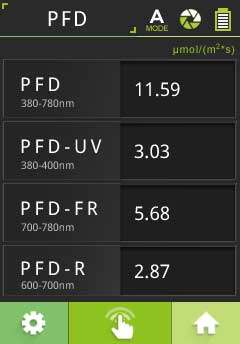
Fig 15 – Spectral PAR meters measure light related to photomorphogenesis.
Summary
We just walked through the basics of Photomorphogenesis, from Light, to Phytochrome activation in the cytoplasm, Cellular Division in the nucleus, and finally to plant growth and change – That is Photomorphogenesis.
Note, however, that the actual light signaling pathways, chemical reactions, hormonal and enzymatic activity, and genetic expression are still quite intricately intertwined and complex.
Also, note that plant species vary and have their evolutionary idiosyncracies.
But we hoped to give farmers a step up with a birds-eye view of this fascinating evolutionary aspect of plant biomechanics and encourage new grow-light strategies to improve the quality and timeliness of their products.

Figure 16 – Photomorphogenesis
Hot Product
Handbook Series
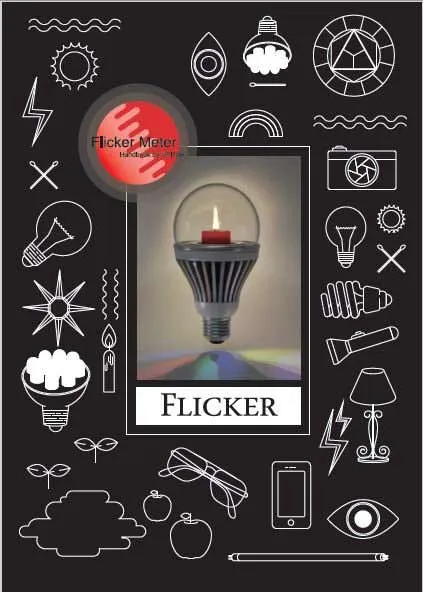
The Flicker Handbook
Everything thing you need to know about Flicker, an insidious, potentially serious lighting artifact impacting visual safety for public places like hospitals, offices, libraries, and more...
About UPRtek

United Power Research and Technology
UPRtek (est. 2010) is a manufacturer of portable, high-precision light measurement instruments; Handheld Spectrometers, PAR meters, Spectroradiometers, Light Calibration Solutions.
UPRtek HQ, R&D and manufacturing are all based out of Taiwan, with Worldwide representation through our certified Global Resellers.
Latest Articles
Category
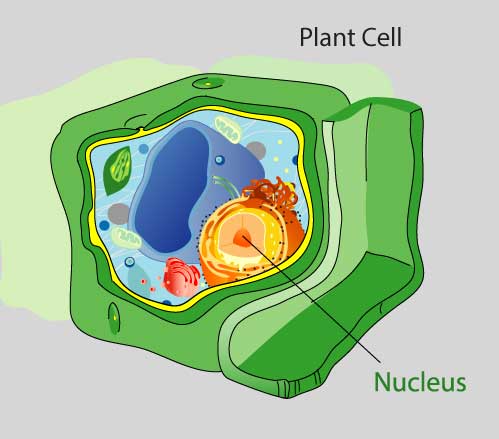


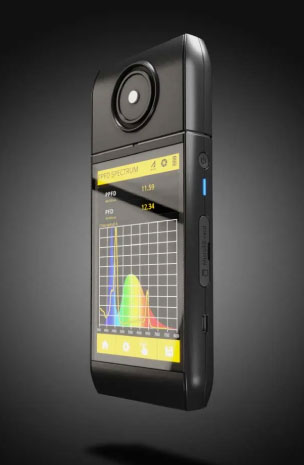







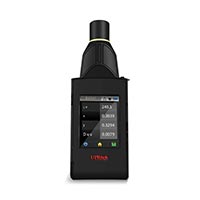

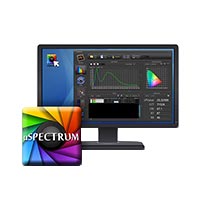

0 Comments